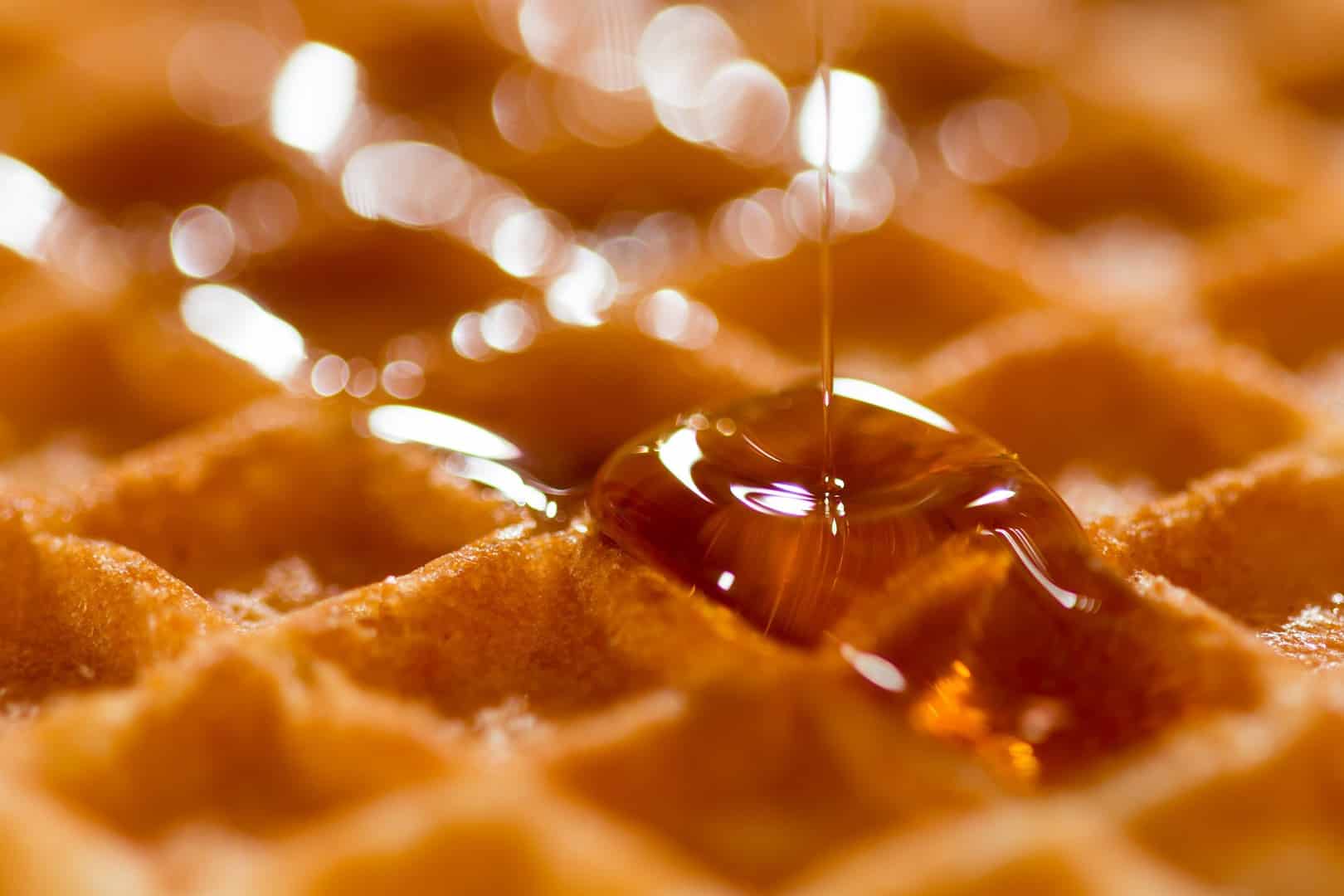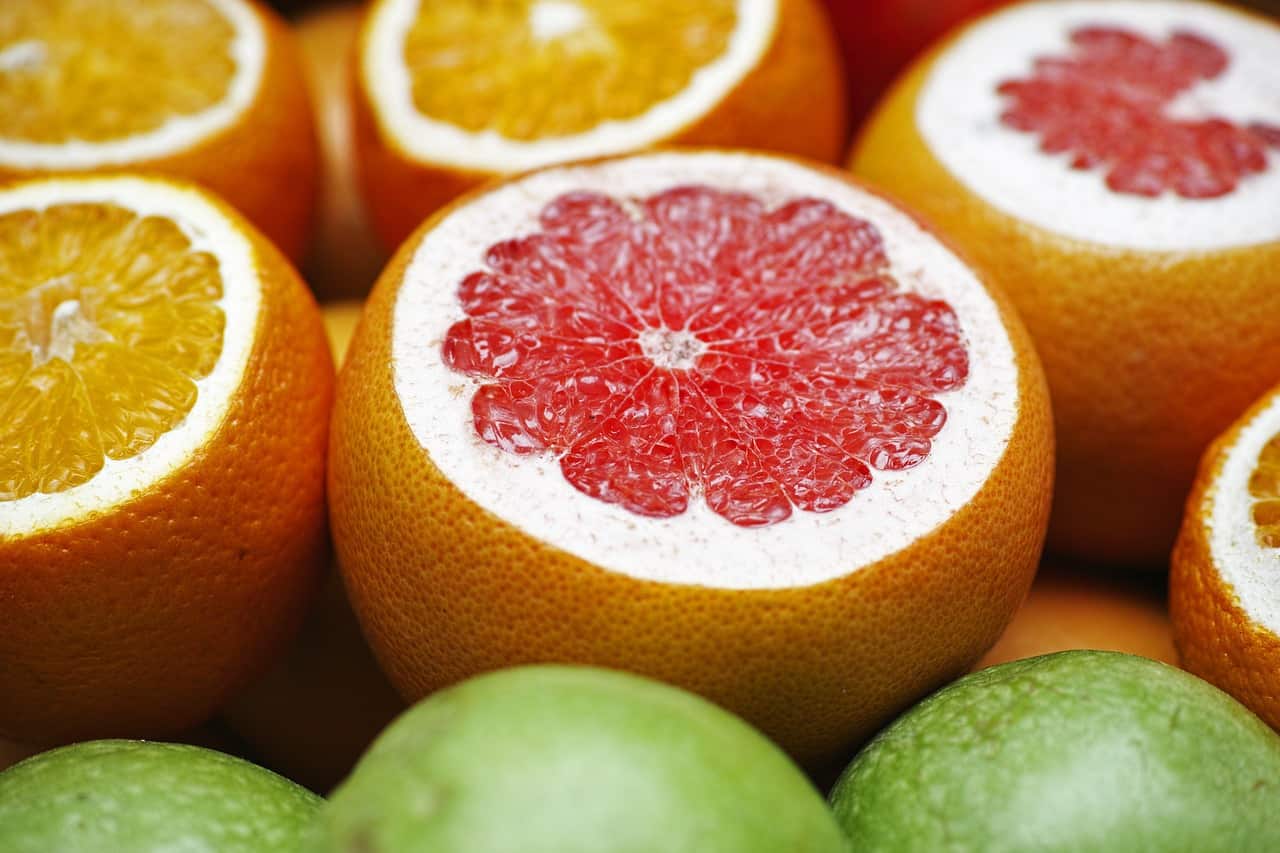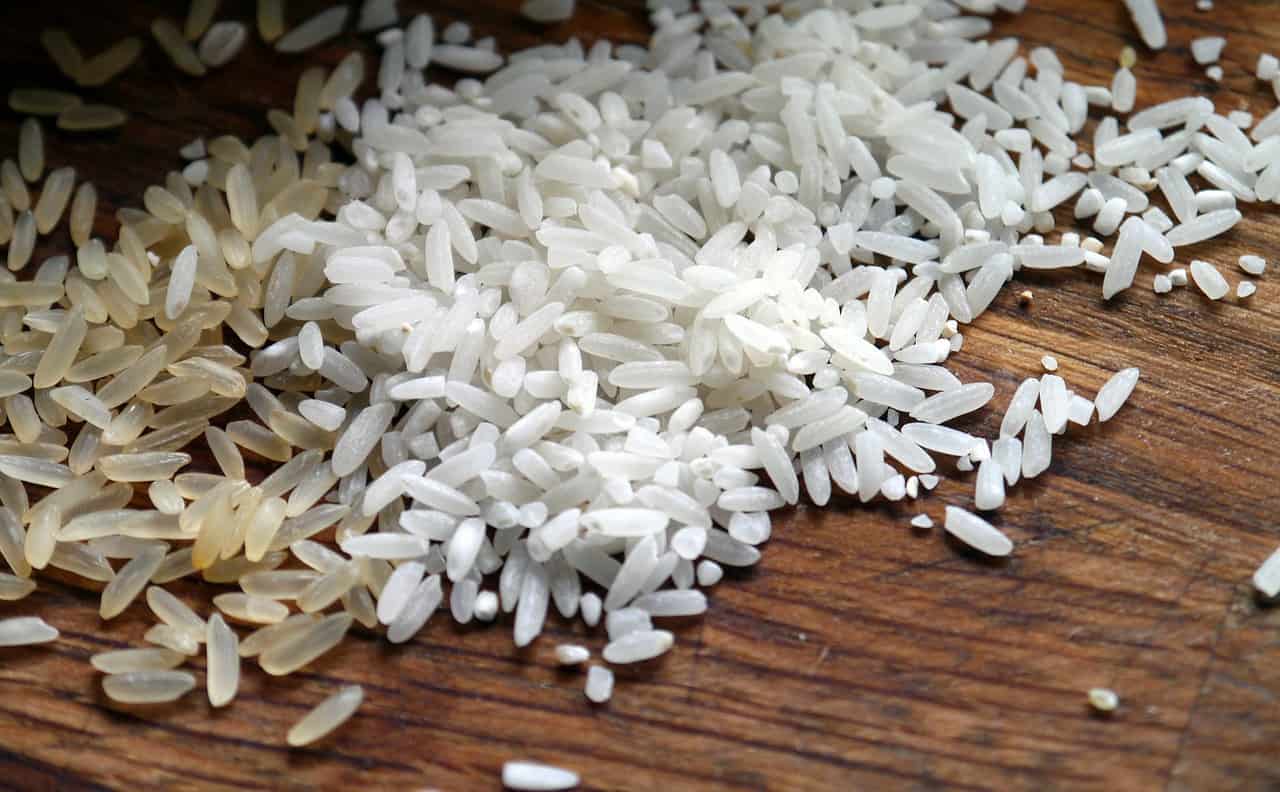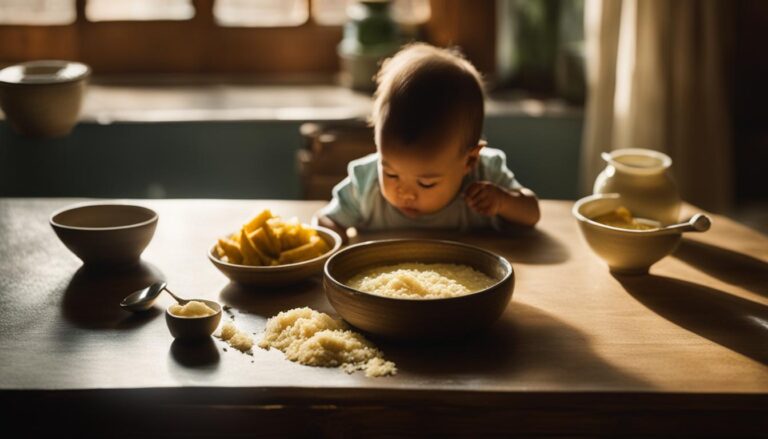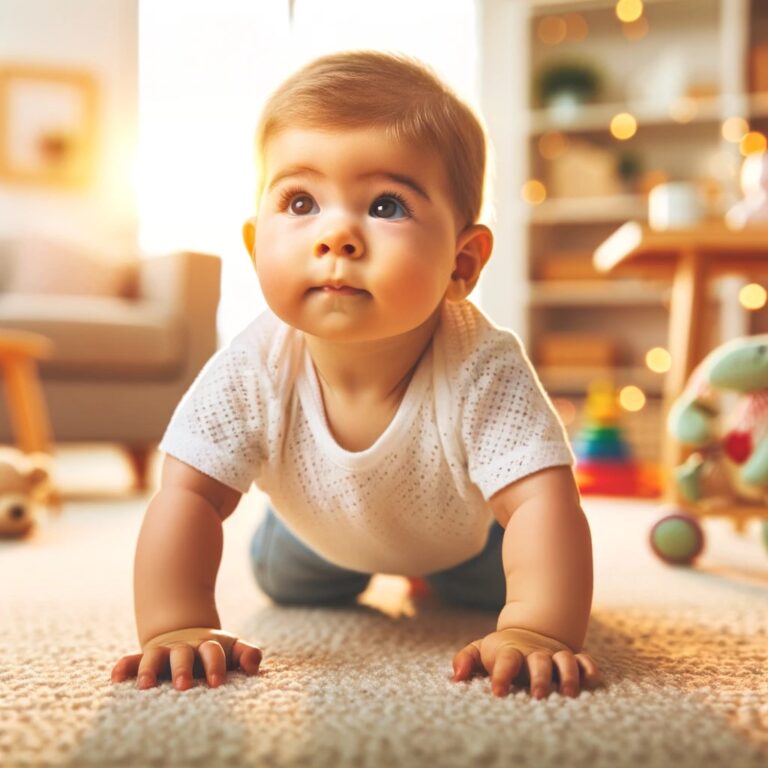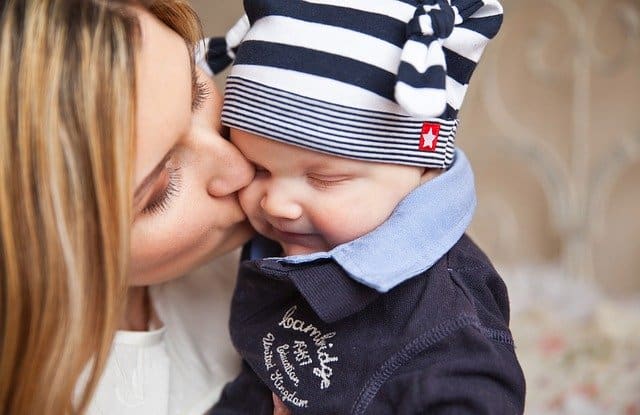Maple Syrup for Babies – Can Babies Have Maple Syrup?
So, is maple syrup for babies a good practice? Well, the answer to that question is mostly comprehensive and requires in depth assessment.
For instance, there is a tendency for most parents to question the idea of feeding their children natural honey. However, this is understandable considering that all we want is to keep our babies safe and healthy.
Therefore, questioning yourself whether babies can have maple syrup is a great safety question and you’ve come to the right place. Here, you’ll learn more about maple syrup, its health benefits as well as side effects.
And, of course, you will understand whether maple syrup for babies is a good thing.
Read on…
What is Maple Syrup?
Made from the sap of the maple trees, maple syrup is a sweet and sugary fluid. The process of coming up with the syrup is made possible using two ways.
First, the maple tree is drilled to allow the fluid circulating inside to leak and get collected. Afterward, the collected fluid is boiled until all the water content inside it evaporates completely.
What remains is a thick syrup that gets filtered to remove any underlying impurities. If unaware, maple syrup comes in different forms and types.
Below are the different types of maple syrup that you can find on the market:
- Darker maple syrups / Grade B – Consists of strong flavours because most are extracted later after harvesting.
- Grade A maple syrup – The syrups here consist of lighter colours such as Medium Amber, Dark Amber and Light Amber.
Common Uses of Maple Syrup
Because maple syrup exists in many forms, it has diverse usability. Hence, maple syrup is a common cooking ingredient used in different meals.
Additionally, the darker maple syrup consists of flavour enhancements and is mostly used in cooking and baking. Maple syrup can also be used as a sweetener in cakes, flavoured drinks, and bread.
On the other hand, Grade A maple syrup finds its use as toppings in foods like French tomatoes, waffles, and pancakes. The syrup can also add flavour to sausages, ice cream, and fruits.
What are the Health Benefits of Maple Syrup?
Maple syrup is rich in mineral and antioxidant content, which are the top reasons why most people use it. About 28% of Zinc and 165% of Manganese exists in 100 grams of maple syrup.
As you may know, the two aforementioned minerals enhance immunity and can help in fighting illnesses before they even manifest. According to sources, maple syrup consists of about 24 different components of antioxidants.
That is an amazing thing to hear considering that some antioxidants can help fight aging. Even better, there are certain antioxidants that can reduce any cancer cells within your body.
That aside, the question that still stands is whether maple syrup is good for your baby. Let’s find out more.
Is Maple Syrup Safe for Babies?
As explained earlier, maple syrup comes straight from the maple tree. After getting the syrup from the tree, processing is the next step that follows.
During the processing stage, the maple syrup is taken through a boiler where the removal of water and any impurities takes place. Afterward, the final product undergoes packaging and distribution before being displayed for sale in your local grocery store.
Because it undergoes cleansing through the boiler, maple syrup doesn’t have any bacterial contamination. Therefore, maple syrup for babies is completely safe and healthy for your baby, if they’ve already started consuming solid foods.
The only thing you need to be cautious about when feeding this syrup to your child is the sugar content. Unlike breastmilk, maple syrup is high in sugar content and feeding too much to your baby might lead to a sugar spike.
Therefore, ensure that you first introduce a bit of veggies or fruits to go with your child’s pancake. If you decide to start with maple syrup, be as cautious as possible with the amount of syrup you give them.
Why You Need to be Cautious
If you are just introducing maple syrup to your infant, there is a higher chance of them getting a sugar spike. This is different when compared to kids who have already started eating solid foods.
As a result, most paediatricians advise parents to hold off feeding their children maple syrup, honey, or corn syrup until they are 12 months old. At such an age, your baby will have developed a better balance of digestive enzymes and acids to counter stomach upsets to full potentials.
Moreover, it’s obvious that no parent wants their child to go under painful stomach upsets without knowing the cause. Therefore, it would be best to hold off feeding your child maple syrup if they already start displaying any sensitivity to solid foods.
You can try introducing the syrup at a later stage, once their diet gets a bit more advanced.
How Maple Syrup is Made
Although mentioned earlier, this section takes an in-depth look at the process of making maple syrup. For starters, maple syrup is originally extracted from the sap of maple trees.
The trees grow in chilly conditions in Eastern Canada, which is in the Northeast of America. These maple trees store starch in their roots before winter, which then turns into sugary sap during the spring season.
Afterward, the sugary sap (maple syrup) can only be collected within a 4-6 week period. This is when the trees have to be tapped to allow the extraction of the syrup from them.
After the sap is collected, it is then heated to remove any water content through evaporation. The only thing that remains after heating is a thick and concentrated syrup, which is filtered to remove any contamination.
Finally, the syrup is bottled or packaged and then graded before going out on the market for consumption.
How to Grade Maple Syrup
As briefly explained above, maple syrup is graded according to its colour. Thus, the darker the colour of the maple syrup, the stronger its flavour.
For instance, Grade A maple syrup consists of a golden colour and has a light flavour to it. On the other hand, amber and darker maple syrup has richer and sweeter flavour.
The reason for this is lighter grades of the maple syrup are usually produced early after their harvest. This is when the weather is cooler, unlike the darker grades of the syrup, which are produced later when the weather gets warmer.
When purchasing this syrup, ensure that you look for the ‘Maple Syrup’ label. That’s because the authentic label proves that the product you are about to buy has been produced observing strict standards.
It’s also an assurance that you are using the real thing, and not a mixture of different syrups merged together to taste like maple syrup.
Maple Syrup for Baby Constipation
If unaware, you can also use maple syrup to treat constipation in babies. This can be achieved by combining the syrup with some amount of water before giving it to a constipating toddler.
However, you should only use maple syrup to treat mild constipation if you notice it with your baby. If your child’s constipation case is otherwise (advanced) then you should seek immediate medical assistance.
Maple Syrup Substitute for Babies
Aside from maple syrup, there are other healthy sugar alternatives for your child. If your child is below 12 months old and you fear maple syrup can cause a sugar spike, then you can use the following alternatives in their meals.
- Sweeter Fruit
Cherries and strawberries are some of the sweetest fruits on the market. And unlike maple syrup, these are completely safe for children under 12 months old.
Therefore, you can create a tasty syrup from both cherries and strawberries and feed your child to go with pancakes.
- Organic Agave
Infant botulism is one of the risks that your child faces when they take honey or maple syrup at a younger age. That’s why maple syrup goes through optimal heating in the boiler and filtering to remove any contaminants.
However, organic agave isn’t like honey or maple syrup, though it still contains a high sugar content. Because organic agave comes from a ground plant, it doesn’t pose any botulism risks for your child.
Alongside other benefits, you can use organic agave as a healthy sweetener alternative to maple syrup in your baby’s meals.
Brown Rice Syrup
Although mostly unspoken of, brown rice syrup is another healthy alternative to maple syrup. Brown rice syrup is thicker, less sweet, and breaks down slowly once inside the body.
As a result, brown rice syrup gives the baby enough time to utilize it inside their bodies. This is unlike the rapid sugar build up experienced when you give maple syrup to your child.
Stevia
Lastly, stevia is a completely sugar free sweetener yet it tastes amazingly sweet as a sweetener. Moreover, stevia contains different vitamins and minerals that are sources of great health for your baby.
If you are looking for a healthy alternative to maple syrup, then stevia will deliver both sweetness and health to your baby.
Health Risks Related to Maple Syrup
Again, the best time for your child to start consuming maple syrup is when they are at least 12 months old. At this stage, your child will have developed effectively to handle high sugar foods or fluids in their diet.
As a result, most babies over 12 months old won’t have a problem with sugar spike problems when they consume sugary foods or fluids like maple syrup. That’s because their gut flora, digestive tract, and pallet are well prepared for foods rich in sugar.
Lastly, you can prevent any health risks from your child consuming maple syrup by reducing its sugar content. You can do this by mixing a small amount of the maple syrup with other foods.
This will dilute the sugar content in the maple syrup, while still adding a sweetener effect to your child’s meal. As long as your child doesn’t have any allergies related to maple syrup, then this method can be a great way of incorporating the syrup in their meals.
When Can Babies have Pancakes?
When talking about maple syrup for babies, it’s mostly to go along with feeding those pancakes. Because pancakes are soft, your baby can start eating them once they are ready for solid foods.
However, you should still cut the pancakes into smaller sizes and for them to consume easily. Remember, they are just starting out on solid foods and you don’t want to feed them large chunks that might easily choke them.
Additionally, it would be best to consider the sugar content in the pancake recipe. That’s because you’ll most likely add sweeteners to them and you shouldn’t feed your child too much sugar at such a young age.
The time your child can start consuming pancakes is about the same time they are ready for solid foods. Most parents prefer mashing solid foods into thick and easy to swallow forms to start the process.
Similarly, you will find parents who employ baby-led weaning when they first introduce their babies to solid foods. Whichever the way, the primary goal is to ensure that the babies have an easy eating experience.
Conclusion
In conclusion, maple syrup for babies isn’t a bad idea if they are already 12 months old. At this stage, your child’s digestive system among other parts will have developed accordingly to handle the sugar.
That’s because maple syrup contains a significant amount of sugar and feeding them earlier might expose them to health risks such as a sugar spike. Besides that, you can also opt for alternative options if you are looking for a sweetener.
As explained earlier, maple syrup isn’t the only food sweetener on the market. There are other healthier and with a lesser sugar percentage in them, that work just as fine as maple syrup.
Therefore, you can always use them in place of maple syrup if your child isn’t 12 months old and you’ll still find them effective. However, you should still be vigilant on the level of sugar your child consumes.
There are many problems related to excess sugar consumption in younger children, and you don’t want that happening to your child.

